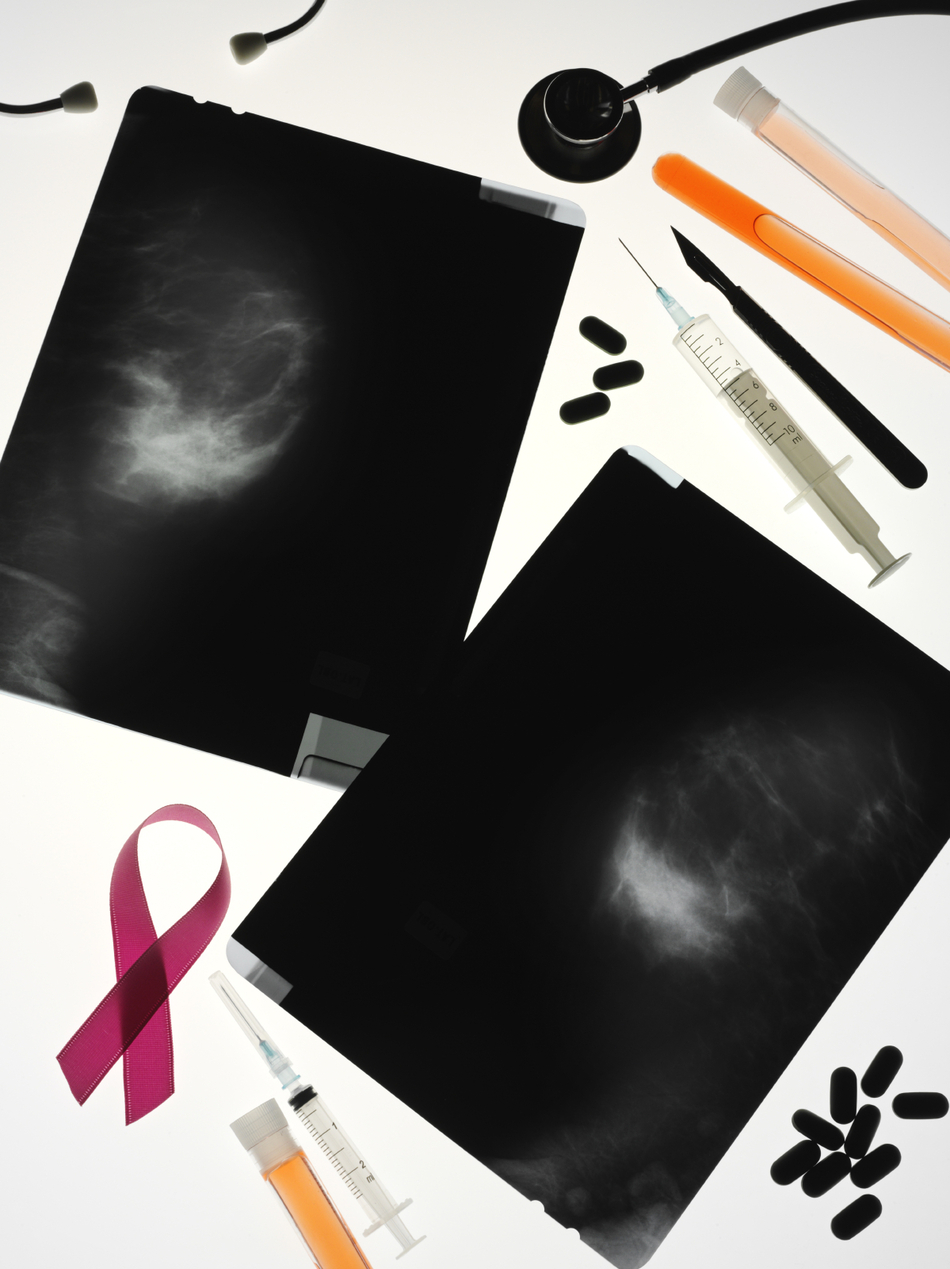Episode Transcript
Dr. Jones: You got your screening mammogram report and it said that you had dense breast tissue. What does that mean? Should you be worried? This is Dr. Kirtly Jones from Obstetrics and Gynecology at University of Utah Health Care, and this is The Scope.
Announcer: Covering all aspects of women's' health. This is The 7 Domains of Health with Dr. Kirtly Jones on The Scope.
Types of Breast Tissue
Dr. Jones: First, a little about breasts. Breasts are mainly four kinds of tissue. There are the breast lobules, which is the part that makes the milk that is pretty quiet unless you're pregnant or breastfeeding. There are the breast ducts, which carry the milk to the nipple. There is the fibrous tissue around those other tissues that keep them from bumping into each other. And there is fat.
The difference between large breasts and small breasts is the amount of fat in the breast. In young, premenopausal women, hormones keep the lobules and the ducts pretty active and the ups and downs of the hormones can increase the fibrous tissue. Weight gain can increase the fat, and weight loss can decrease the fat in the breast.
Detecting Breast Cancer: Thin vs Dense Breast Tissue
Of course there's also skin on the top of the breast, and the nipples and their blood vessels, and lymph glands, but they don't really count in the mammogram business. With the traditional mammogram, x-rays go easily through fat tissue but don't go through fibrous tissue very well, and don't go through cancer very well. So fibrous tissue and ductal tissue looks white on a mammogram, and so does cancer. When a woman is young, under 50, or premenopausal, the breasts are more dense according to the mammogram. When you get older, the breasts become mostly fat and are easy to see through.
When a breast is easy to see through, it's easier to detect cancers. When the breast is dense, it's harder to see the little cancers. Now, dense breast tissue is common. About two-thirds of premenopausal women have dense breasts, and about a quarter of postmenopausal women. Put the two together, and about 40% of women have dense breasts. Postmenopausal women on hormone replacement therapy tend to have denser breasts.
When my patients were worried about the term dense breasts, I just told them that they had youthful breasts. Which is always nice to hear, but it made it harder for mammograms to see through the entire breast.
Receiving a Dense Breast Letter
So what are you supposed to do? First of all, the letter you received about the results of your mammogram is often not understandable. In fact, a recent letter to the journal of the American Medical Association noted that letters about dense breasts were written on average at the 11th grade reading level. Of course our Scope Radio listeners, wouldn't have any problem with that. But many people read much more below that level.
On top of that, about 24 states have legislated the wording of dense breast notifications. Yup. That's what the legislation is called, dense breast notifications. And we know how well the government explains things for those of you who do your own taxes. So if your report says you have dense breasts, it doesn't mean that you have cancer. It probably also said that your mammogram was normal. Remember, if 40% of women have mammograms have dense breasts, then it's normal.
Talk to Your Doctor
However, the wording is there and in many states it is legislated to be there so women can know that maybe their mammogram isn't as good a screening test as it could be. This is the time to talk to your clinician about your breast cancer risk and your worries, and there are several risk calculators out there on the web.
Other Methods of Breast Cancer Screening
There are other methods of screening if you're at high risk. If there's a lump that you or your clinician noted, then an ultrasound might be useful. If you carry a breast cancer gene that puts you at risk, then an MRI might be recommended.
For all of us, though, the invention of digital mammography several years ago made mammograms much better at looking through dense breasts. So there's been less of a chance of missing something. And there are also some new techniques.
Dense Breasts Are Normal
So if you got the letter saying that your breasts were dense, don't freak out. You are normal. If you're at high risk for breast cancer, talk with your doctor and maybe another imaging technique would be right for you. And you can check out the website areyoudense.org and that can explain a little, and you can celebrate the fact that you still have young breasts. At least on mammogram.
Announcer: Have a question about a medical procedure? Want to learn more about a health condition? With over 2,000 interviews with our physicians and specialists, there’s a pretty good chance you’ll find what you want to know. Check it out at TheScopeRadio.com.
updated: January 10, 2019
originally published: May 19, 2016
